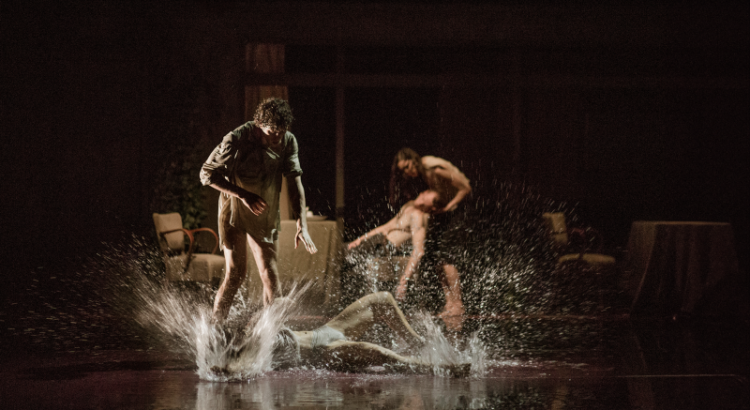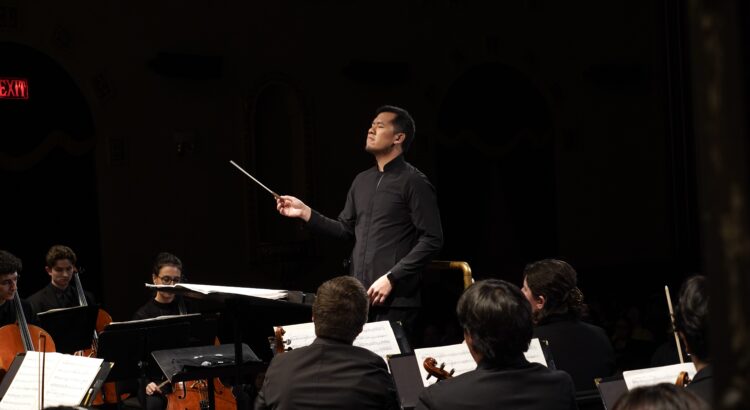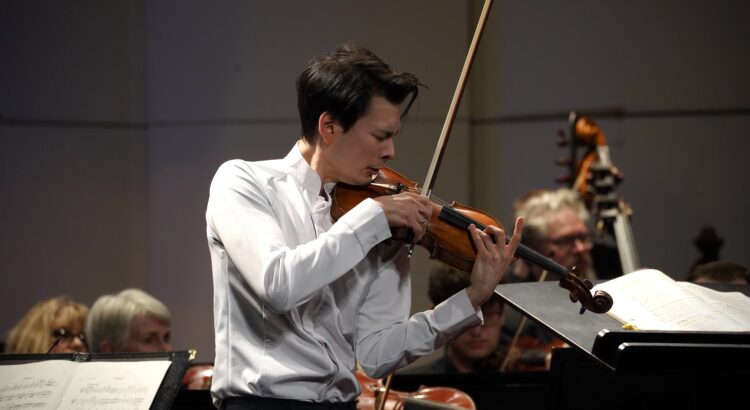FLINT, Mich. (Art Seen) – Study sessions, coffee dates, and free wifi. All of the things that may come to mind when thinking of a traditional cafe. Although the essence of Cafe Rhema embodies all of the above, it’s also a business that takes pride in spotlighting local musicians.
Artists from a multitude of genres have played on the stages of the cafe. Yes, stages, there are two! Set at the entrance of Rhema stands the Bar Side stage, where first-time performers are given the opportunity to display their talents through open mics and solo sets when they’re ready. In the back of the cafe sits a larger stage granted to musicians with a little more experience.
Joshua Spencer, owner of Cafe Rhema, explains the process of supporting new musicians.
“Just giving local artists a chance to have a platform to perform in front of a crowd. Maybe they’re a beginner and they want to be at our open mic, if they’ve gotten a little bit of credentials or experience under their plate then they can go onto one of our stages. But the idea is to take an artist and progress them. Give them an opportunity to get progressed from a small stage to our main stage and then have opportunities to go on from there.”
Back in the Rhema Lounge, you can find a low-lit, intimate atmosphere perfect for a night out in the city. But if you’re looking for a chill spot to relax during the day, you can sit up front, enjoy some music, and sip on a hot, creamy cup of coffee! The cafe also has a selection of cold refreshments such as soft drinks, smoothies, and bubble teas.
And if you’re looking for a treat to go along with your show, there’s a variety of options from savory to sweet. There stood bagels, there stood croissants, even apple pie, but for me, nothing could top the personal marshmallow show.
But of all the endless possibilities at Cafe Rhema, what stands out as their top priority?
“We want to have a place where students can come from campus, people can come from the community and actually leave entertained and having fun with also some good coffee and a full belly that they can have had just in general a great day coming to hang out downtown,” Josh shares.
You can catch free concerts on Saturdays with new artists performing every weekend.











